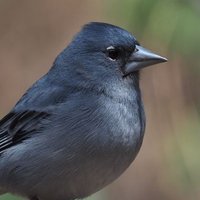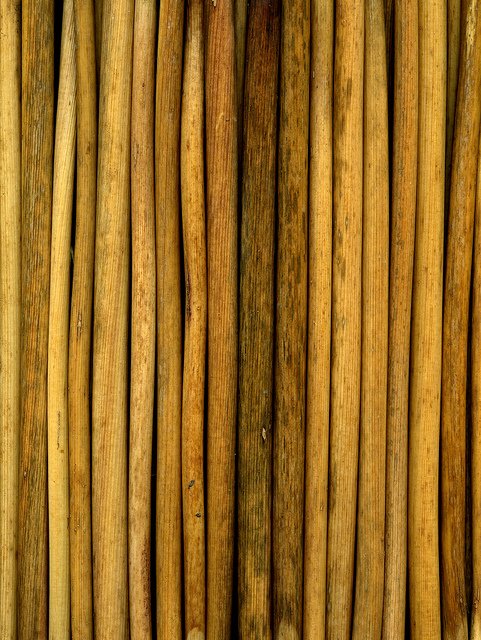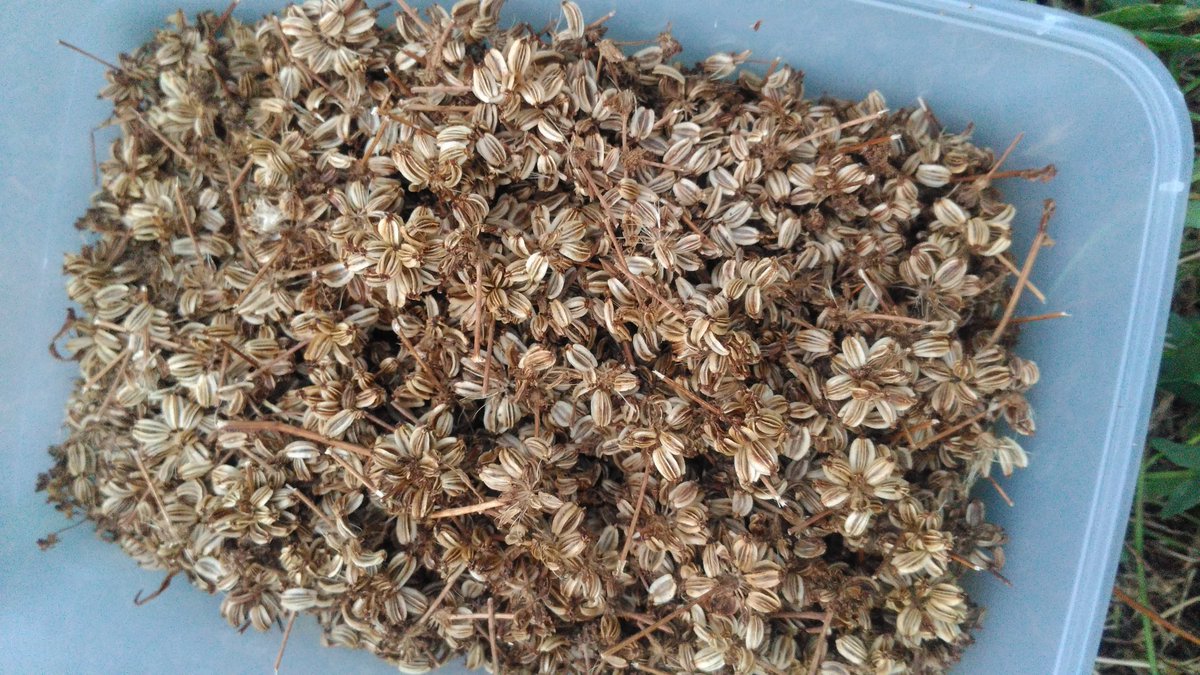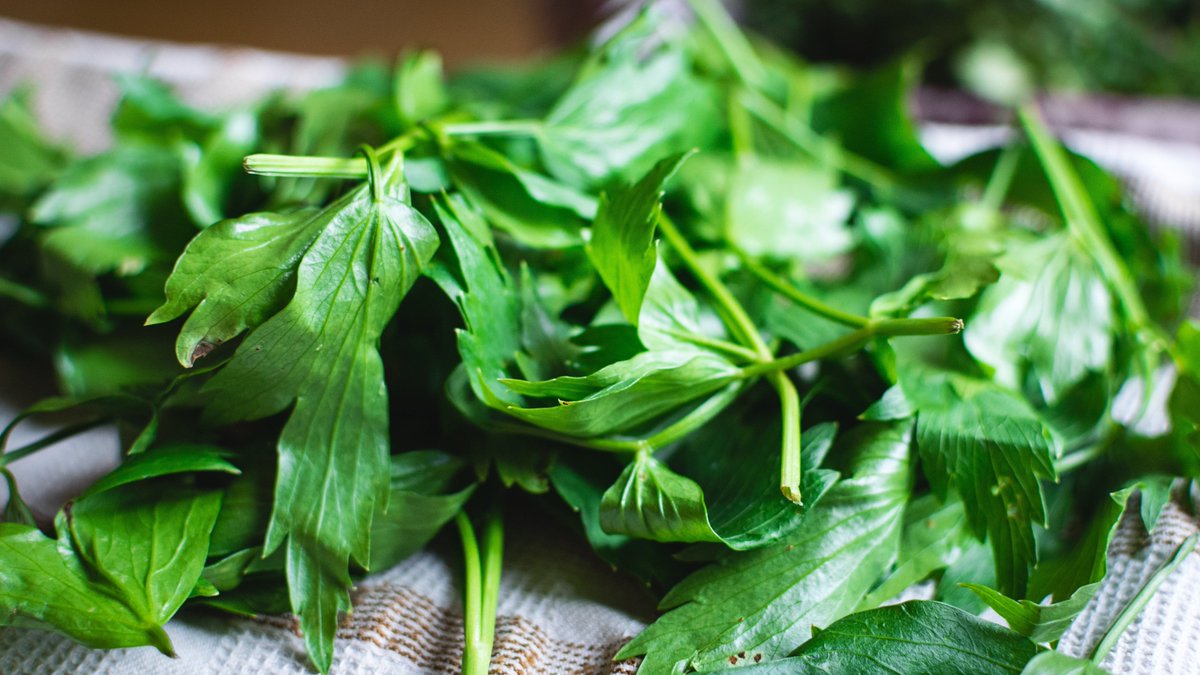
#Science #Art : #polarized #light reveals the #miscoscopic beauty of #levisticum
lightexhibit.org/bio_image33.ht… via LightExhibit



#AFlowerADay
Levisticum officinale, Lovage. #Apiaceae . While not particularly showy, the flowers of perennial herb lovage are popular with smaller #pollinators . Easy to grow in full sun to part shade, the leaves taste like celery but don't get bitter in the heat
#herbchat






Puccinia bornmuelleri ex Levisticum officinale
#Puccinia bornmuelleri #Levisticumofficinale #Puccinia #Rost #rust #rust fungus #rostpilz #liebstöckel #mushroom #mushroom s #fungus #fungi #pilz #pilz e #champignon s #champignon #natur e #natur


What’s been flowering recently: This one had me puzzled when I saw it for the first time last week. It’s #Xanthorhiza simplicissima, a monotypic subshrub in the #Ranunculaceae . The original description said it has foliage like lovage (Levisticum officinale). Yep, I see it.



60866.15 Asparagus officinalis, Levisticum officinale, Miscanthus sinensis 'Zebrinus', Tanacetum vulgare #HorticulturalArt #FredMichel #Asparagusofficinalis #Asparagis #Levisticum officinale #Levisticum #lovage #Miscanthus sinensis #Miscanthus #maidengrass #stems #lines


60060.01 Pyrus calleryana, Cleome, Lavandula spica, Levisticum officinale #HorticulturalArt #FredMichel #flowers #buds #stems #fruit #starburst




Very interested in views on this Umbellifer from a Winchester street. Thinking Levisticum, but I'm unfamiliar with it. BSBI: Botanical Society of Britain & Ireland #wildflowerID















